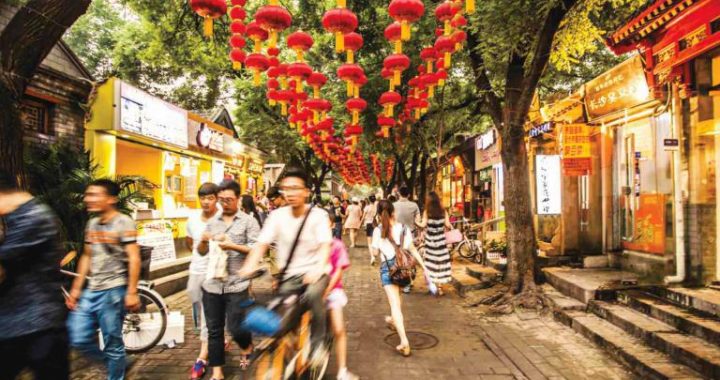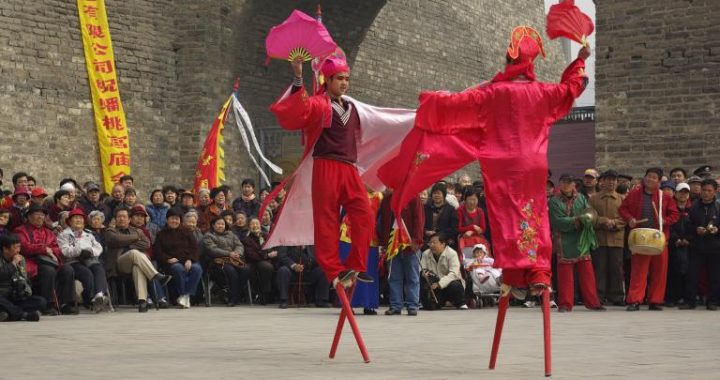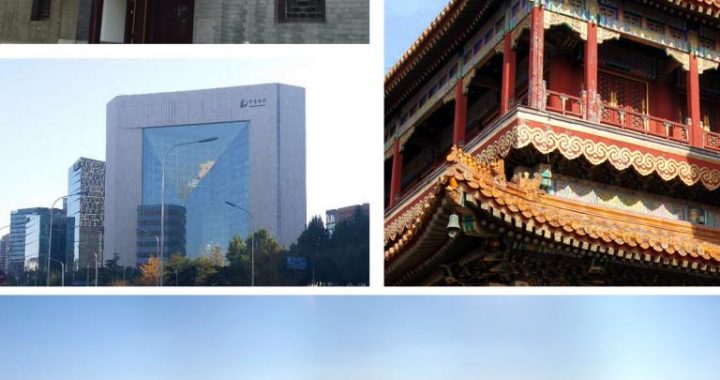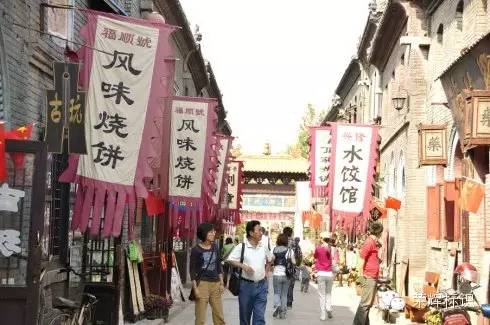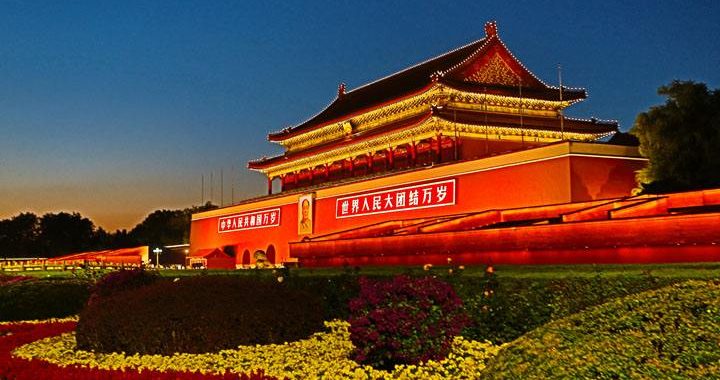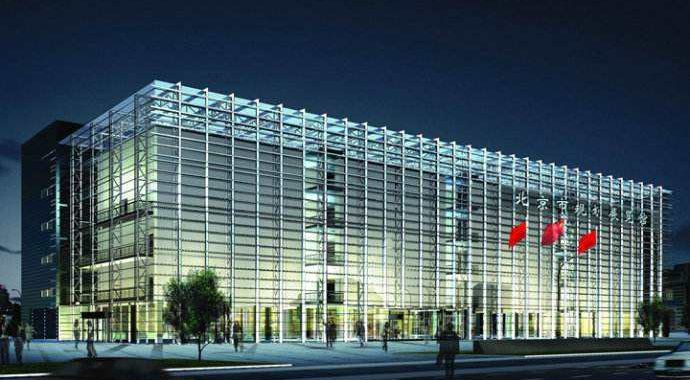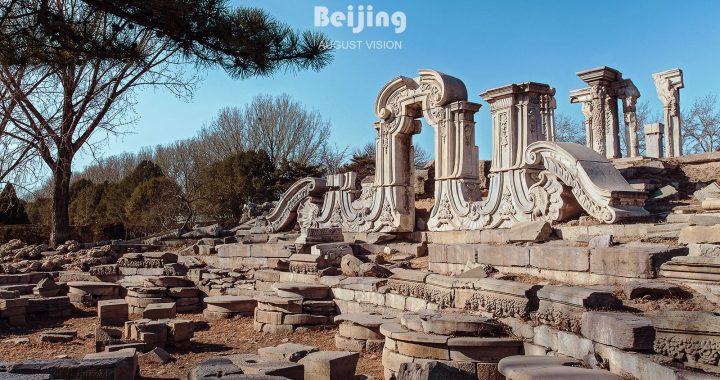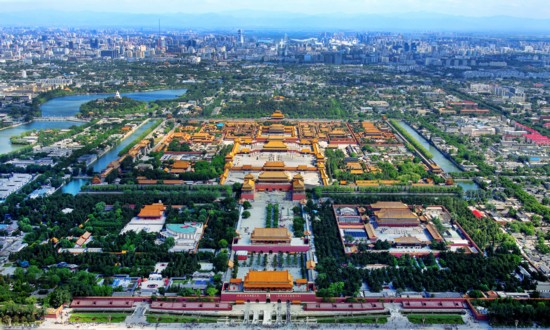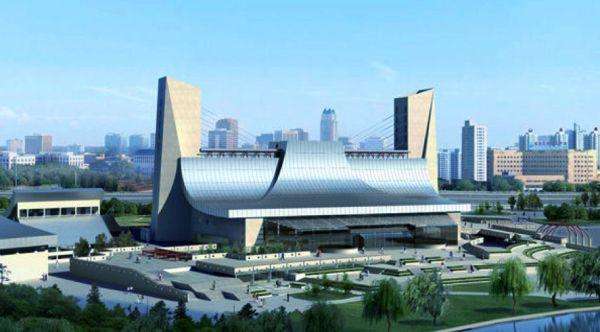THE ANCIENT GREAT WALL IN A NEW ERA
6 min readAbout one century after the fall of Alexander’s empire which extended from Macedonia eastward as far as the Indus River,a great empire began to emerge in the central part of China. It was the Empire of Qin.
The founder of this Qin Empire who came to the throne in 221 B.C, claimed to be the first emperor of China or, in Chinese, Shi Huangdi. It is from the word Qin that the empire was known to the West as China.l However, before the Qin Empire China had already had a long period of historical development. The real contribution of Qin Shi Huang is that he was the first ruler in China who created a political system ofcentralized government by ending the power of the contending feudal states. This marks the beginning of the history of imperial dynasties with absolute power in the hands of a monarch, which lasted for more than 2,000 years until 1911 A.D.
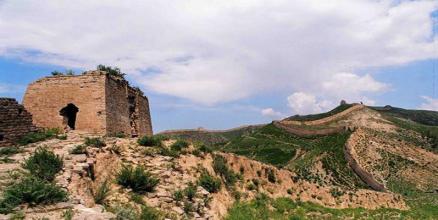
Besides his political achievement, Qin Shi Huang left two material legacies for the present day. One is his tomb with the famous clay army discovered recently. The other is the Great Wall.
Walls were built in China as military fortifications long before Qin Shi Huang’s time, but the building of the Great Wall was attributed to Qin Shi Huang. He was the first emperor who mobilized thousands of peasants to connect the walls constructed by three former feudal states along their northern boundaries. In addition, he built new sections both at the east and the west ends. Eventually a great long wall of thousands of miles came into existence; hence the name Wanli Changcheng which means a long wall of ten thousand li, or simply the Great Wall. Since then the Great Wall was repaired and rebuilt again and again but not entirely along the same line. The last and most well preserved one was built during the Ming Dynasty(1368-1644). Its length is estimated at 12,000 /i, or 6,000 kilometers with its east end actually making a sheerdescent into the Bohai Gulf, symbolizing the dragon’s head dipping into the water. Its west end reaches as far as the north edge of the TibetanQinghai Plateau where the famous pass Jia Yu Guan was situated on the ancient Silk Road. The most majestic parts of this Ming Great Wall north of Beijing have become the best vantage points where modern visitors enjoy a spectacular glimpse of this massive but ingenious engineering achievement made by the sheer hands of man.
I do not intend to give you a full picture of the construction of the Great Wall, which is far beyond my ability. There are quite a number of books in the West devoted to the study of the Great Wall. The most comprehensive and readable English language work is probably that by a colleague, Luo Zhewen and his collaborators, Dick Wilson, Jean-Pierre Drege and Hubert Delahaye.
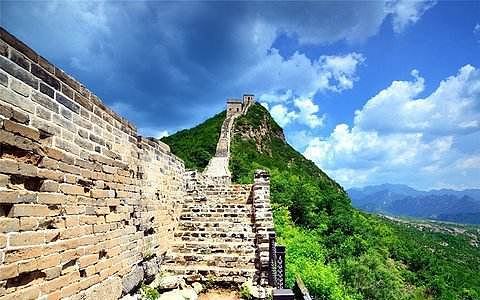
There is one point I would like to emphasize here. This is the tragic human aspect of the construction of the Great Wall in old China. This tragic nature is fully illustrated by the legend of the girl, Meng Jiang, who lived in the reign of Emperor Qin ShiHuang. Her husband, together with thousands of other peasants, was conscripted to build the wall but few came home healthy or even alive. Meng Jiang, being very anxious to see her husband, trudged hundreds of /i northward to the foot of the Great Wall, only to find white skeletons piled at the foot of the wall. Her wailing and lamentations shook the heavens, and the newly built wall crumbled.@ The legend of Meng Jiang comes down via one of the classical works of ancient China. There may have been no real Meng Jiang. However, there were indeed thousands of young women having the same fate as Meng Jiang. She has touched deeply the hearts of later generations with her pure and sincere love. Even more important, the symbolism of Meng Jiang’s spirit of opposition against persecution has always inspired people under oppression.
As we look back in Chinese history, there has been no need for a long time to rebuild the Great Wall to protect the central part of China. Now, with the birth of New China, under the guidance of the socialist principle that the different nationalities both within and beyond the Great Wall together with those in other parts of China are united as one big family, the old dream of “all men are brothers”has begun to be realized. As the Chinese proverb goes, the march of history has “turned arms into silk and gold”. It has likewise changed the former battlefield along the Great Wall into the good earth of the new epoch.
The Great Wall itself, constructed with the sweat and blood, toil and effort of innumerable peasants, has been transformed into a monument symbolizing the renaissance of an ancient civilization. Due to this transformation, in recent years the work of restoring and repairing the Great Wall at key points has been started with the enthusiastic support and generous contributions of many Chinese people as well as friends in foreign lands.
At the same time, through recent research, some important features of the Great Wall have been revealed for the first time by using modern techniques of infrared light and remote-sensing.@ For instance, the real length of the Great Wall within the administrative boundary of the Beijing Municipal Government is 629 kilometers, whichis far longer than what had been previously known. Furthermore, the wall itself is by no means a single but rather a complex defensive system following various topographical features, dotted with different kinds of terraces, fortresses, passes and observation towers. Wherever it was necessary for a garrison,a detour wall was addedto the main body. The intricacy of the design has never before been mentioned in any records or discussion. Now a full and accurate picture, essential for the purpose of historical presentation, is revealed to us. Besides the Ming Wall, the ruined foundations of some earlier walls have also been discovered. We hope it will be possible to extend the same kind of study to the whole line of Ming Great Wall.
With the growing interest in the Great Wall, an association has been organized in Beijing to sponsor research and promote education about the Great Wall. Members of this association include those who have made substantial contributions either to the study or the preservation of the Great Wall. The most active members, of course, are the sponsors of this organization. Most of them are prominent figures in public affairs. Honorary memberships will also be offered to foreign friends who meet the same requirement for the Chinese members.
Furthermore, for the sake of the increasing number of visitors at Ba Daling, the spot nearest to Beijing where one can get the best view of the Great Wall,a museum is under construction. By means of essential exhibitions and visual aids visitors, especially those who come from abroad, will be able to get a full picture of the history and a better understanding of this great wonder of the world.
In each age,a country,a society, responds to the conditions prevailing in that period. Ancient society in the central part of China, from before the Qin through the Ming Dynasty, responded to the pressing need for secure defence by building this fortification. Now it is no longer needed. Today China is responding to the modern challenge by honoring and preserving its history, symbolized by the Great Wall, when it is steadily going forward to build a new society for the future.
